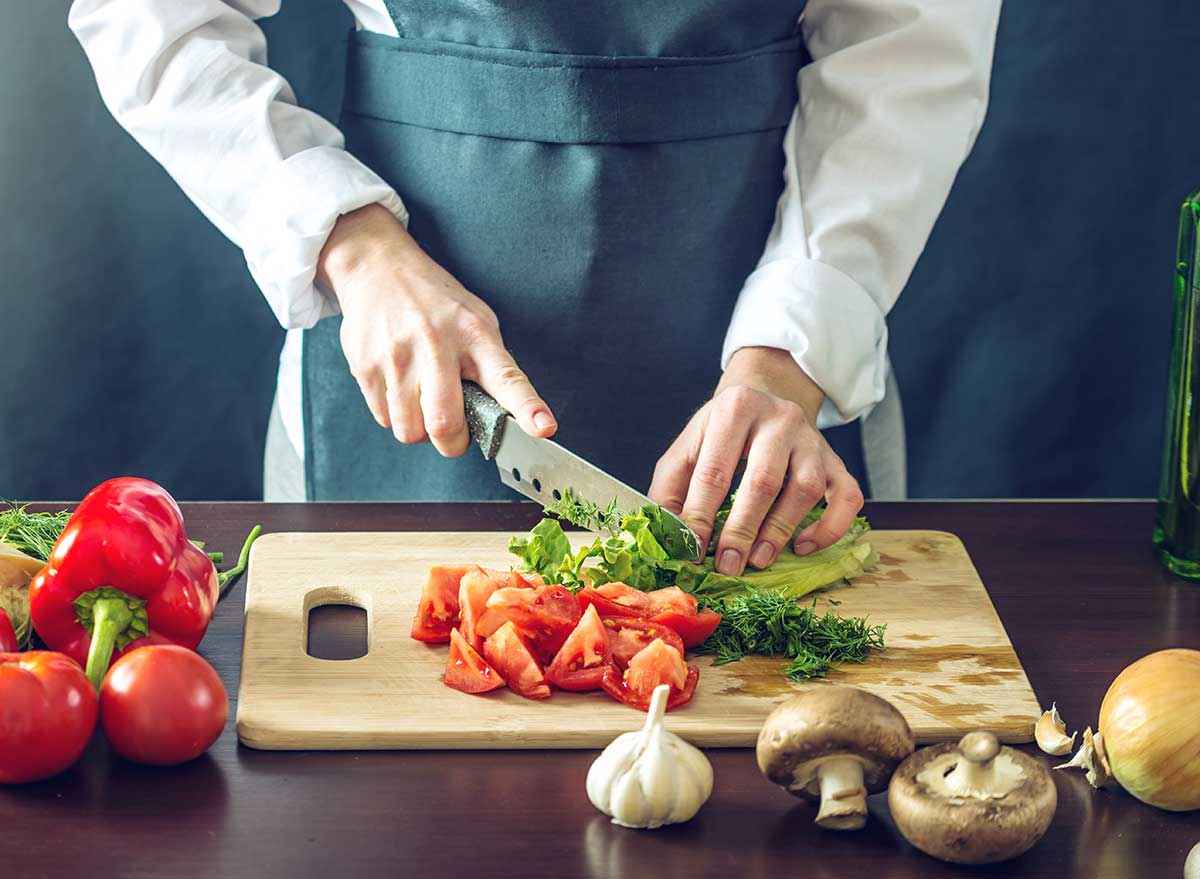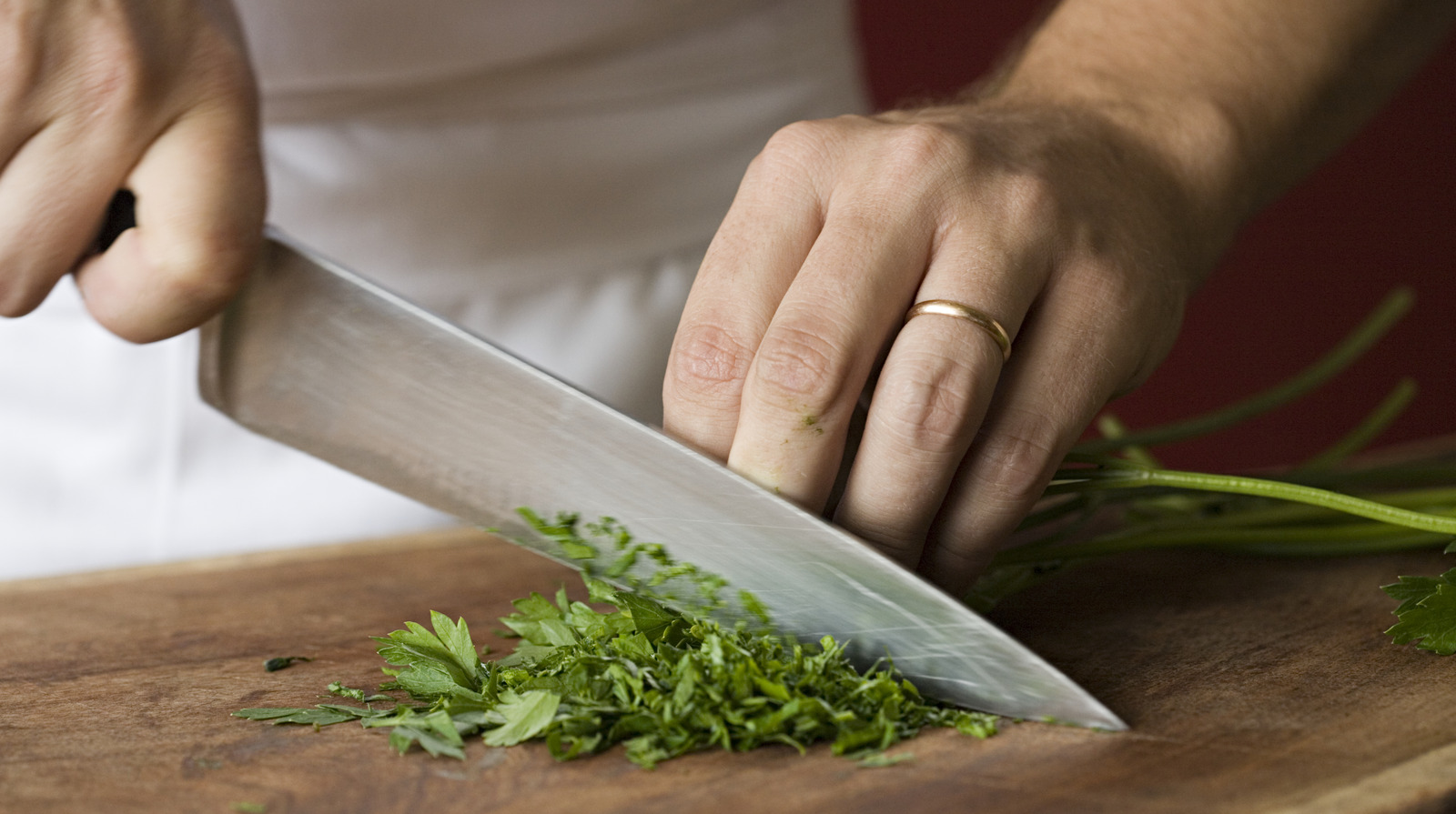Effective Way to Clean Wooden Cutting Board After Raw Meat
Written By James Morgan
Barbecue enthusiasts know the value of a wooden cutting board. It’s not just a tool; it's almost a partner in culinary creation. Whether you're working on a tender brisket or a batch of tasty chicken kebabs, your cutting board sees a lot of action, especially with raw meat. Learning how to clean a wooden cutting board after raw meat is crucial to ensure the safety and longevity of both your meals and tools.

The Importance of Proper Cleaning
When it comes to handling raw meat, cross-contamination is a significant concern. Harmful bacteria such as E.coli and salmonella can thrive on a cutting board if it isn’t cleaned properly. This can lead to foodborne illnesses that nobody wants to experience. Therefore, mastering the correct cleaning techniques is imperative.

Materials You Will Need
- Warm Water
- Mild Dish Soap
- White Vinegar
- Salt
- Lemon
- Baking Soda
- Food-Safe Mineral Oil
Step-by-Step Cleaning Process
Step 1: Immediate Rinse
Right after cutting raw meat, you should rinse your wooden cutting board under warm water. This initial rinse helps remove any meat juices and loose particles. For more details, you can refer to this guide.
Step 2: Washing with Soap
Using a sponge and mild dish soap, scrub the board thoroughly. Focus particularly on the spots that came into contact with the raw meat. Avoid soaking the board in water as prolonged exposure can damage the wood.
Step 3: Natural Disinfection
Combine one part white vinegar with four parts water. Use this solution to wipe down your cutting board. White vinegar has natural antibacterial properties, making it an effective sanitizer.
Step 4: Deep Cleaning with Salt and Lemon
Sprinkle coarse salt over the surface of the cutting board. Cut a lemon in half and use it to scrub the salt into the wood. The acidity of the lemon, combined with the abrasiveness of the salt, helps lift any stubborn residues and kills bacteria. Check out more natural cleaning approaches in our blog on disinfecting wooden cutting boards.
Step 5: Baking Soda for Stain Removal
If there’s any remaining stain or odor, make a paste using baking soda and water. Apply this paste to the tarnished areas and let it sit for a few minutes before scrubbing it off.
Step 6: Final Rinse
Rinse the cutting board under warm water to remove any remaining cleaning agents. Promptly dry it with a clean towel.
Step 7: Oil Treatment
Once your board is completely dry, apply a thin layer of food-safe mineral oil. This step helps to maintain the wood’s condition by preventing it from drying out and cracking.

Routine Maintenance
Regular maintenance of your wooden cutting board is essential. This involves not just cleaning it after each use but also giving it periodic deep cleans and treatments. A maintained cutting board will serve you longer and keep your grilled dishes safe. Learn more about routine maintenance in my wood treatment guide.

Common Mistakes to Avoid
- Never soak your wooden cutting board.
- Avoid using harsh chemicals.
- Do not put it in the dishwasher.
- Always dry it immediately after washing.
FAQs
Can I use bleach on a wooden cutting board?
While bleach is a strong disinfectant, it’s best to avoid using it on wooden cutting boards as it can damage the wood and leave harmful residues.
How often should I oil my wooden cutting board?
It’s advisable to oil your wooden cutting board once a month or whenever it looks dry.
Is it safe to use the same cutting board for raw meat and vegetables?
Using separate cutting boards for raw meat and vegetables is much safer to prevent cross-contamination.
For more detailed articles on maintaining your grilling tools, visit our comprehensive blog section here.
As an Amazon Associate, I earn from qualifying purchases.



